How and Where Do Minerals Form?
Did you know that there are more than 5,000 different kinds of minerals on Earth?
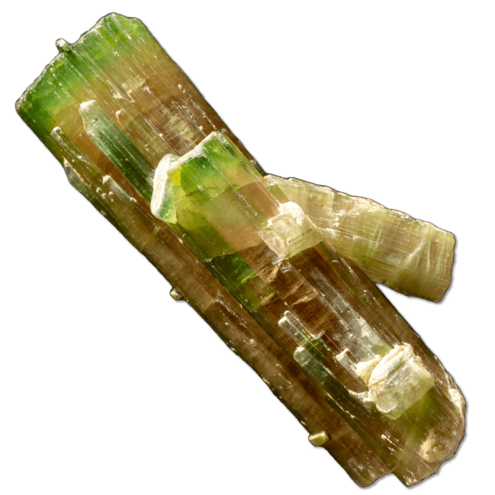
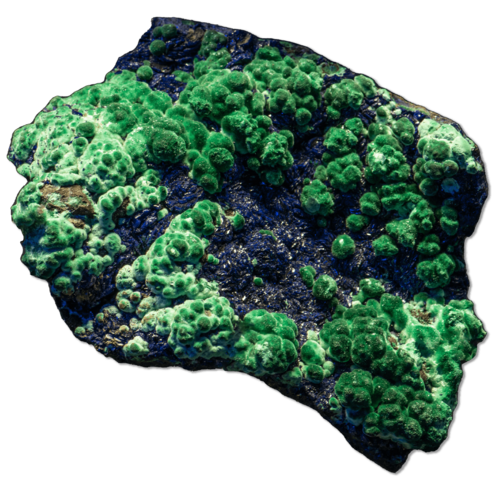
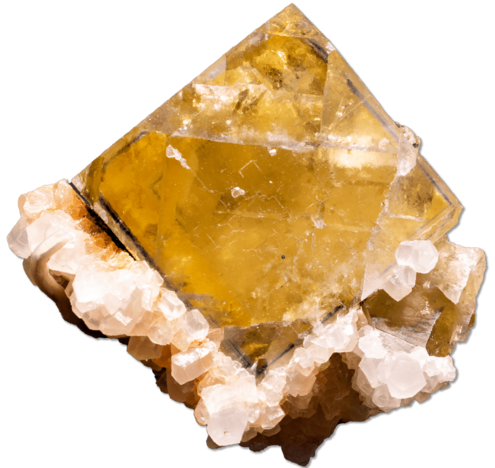
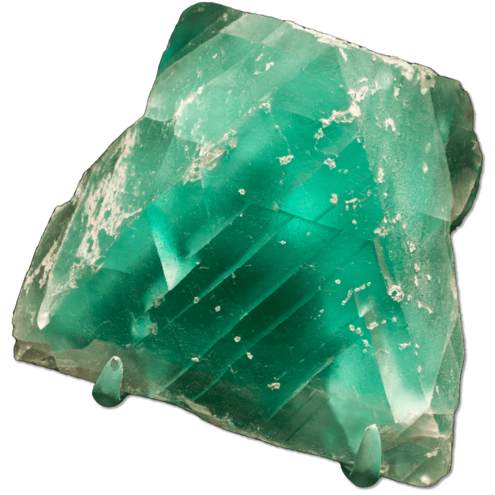
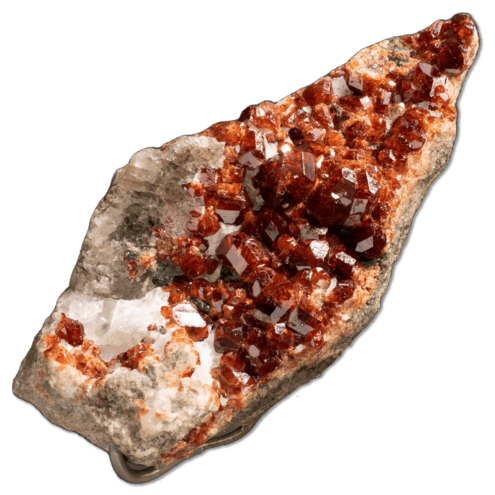
WHERE DO THEY COME FROM?
Some form deep underground, while some form on the surface. Some form in just seconds, while others take thousands or millions of years to form. One thing all minerals have in common is that they come from nature. Minerals can form anywhere.
Explore these five types of environments: Igneous, pegmatitic, metamorphic, hydrothermal, and weathering. How do they produce Earth's amazing variety of minerals?
Igneous Environments
Igneous rocks, and the minerals they contain, form when magma cools and hardens. They can form on or near Earth's surface, or deeper in Earth's crust.
Pegmatitic Environments
Pegmatites are a special kind of igneous rock characterized by large— occasionally enormous—interlocking crystals. They form where abundant water and certain chemical elements are present in a crystal.
Metamorphic
Environments
Metamorphic rocks had previous “lives.” The minerals in the original rock formed under one set of conditions. Then, after being subjected to different degrees of heat, pressure, and abundance of water, they transformed into different minerals.
Hydrothermal Environments
Hydrothermal minerals form when water, heated by magma, circulates through cracks in rock. The water transports dissolved minerals, which crystallize into minerals in the cracks and small cavities as the water cools.
Weathering Environments
Rocks are changed when they are exposed to air, water, and ice at Earth's surface. Weathering is often accompanied by erosion—the transportation of weathered materials by flowing water, wind, ice, and gravity.
Check out these minerals formed in different environments!
Click on a mineral to learn where it was found.
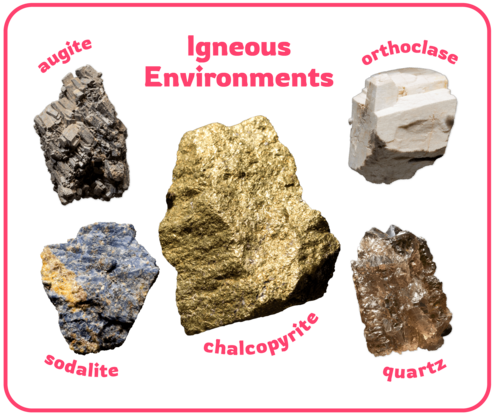
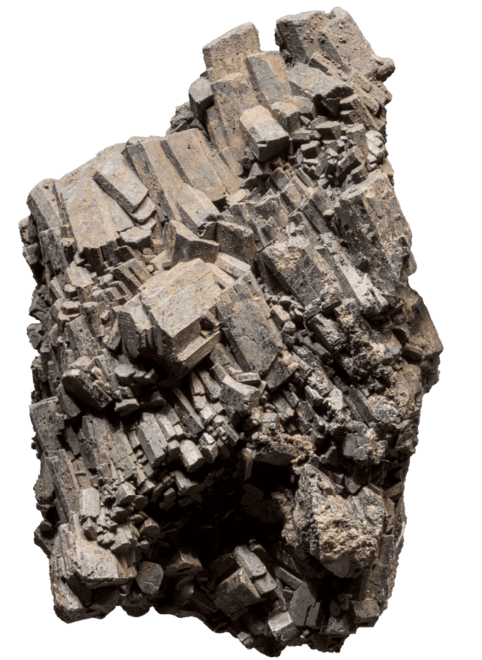
augite
Locality: Eganville, Ontario
Country: Canada
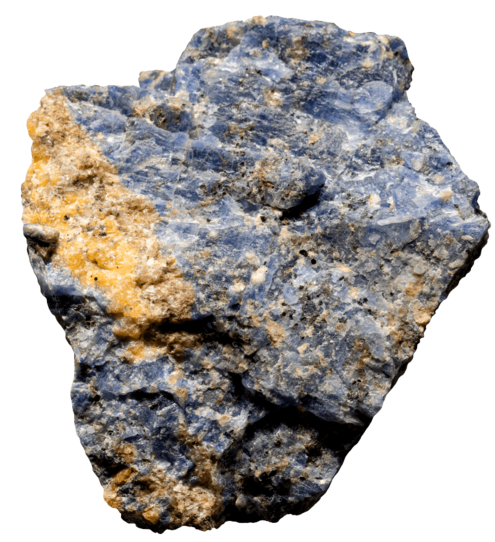
sodalite
Locality: Bancroft, Ontario
Country: Canada
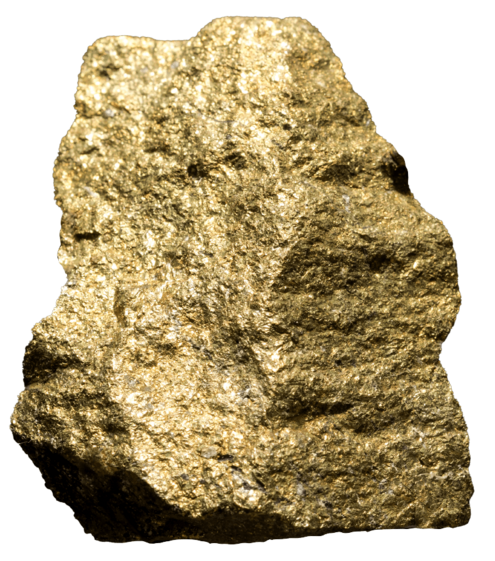
chalcopyrite
Locality: Cananea, Sonora
Country: Mexico
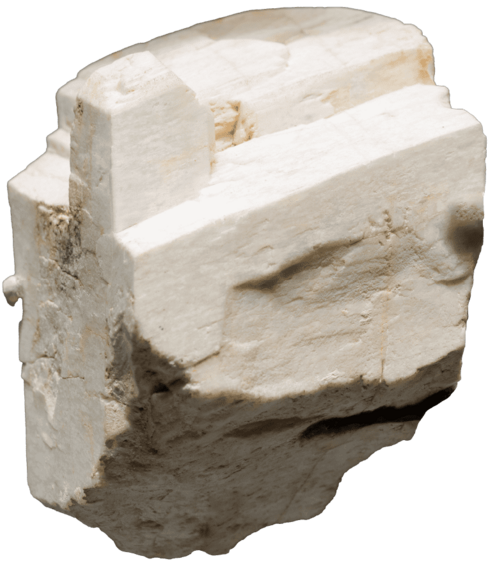
orthoclase
Locality: Naegi, Gifu Prefecture
Country: Japan
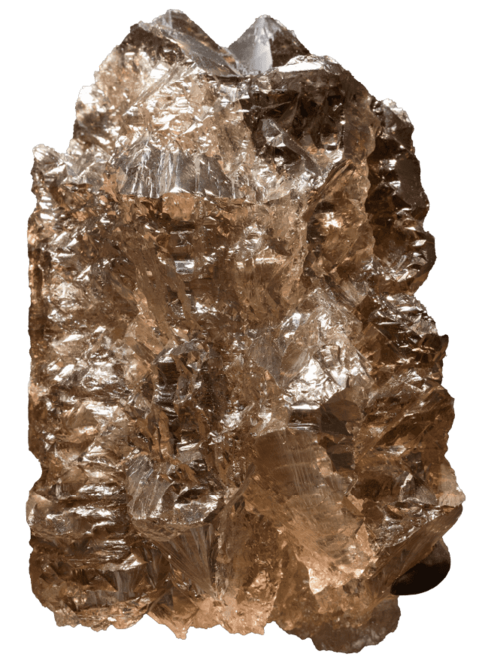
quartz
Locality: Gotthard Pass, Uri
Country: Switzerland
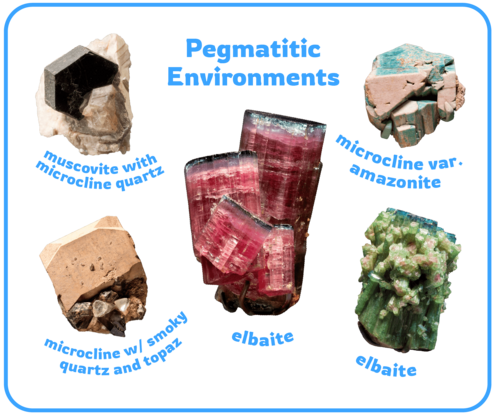
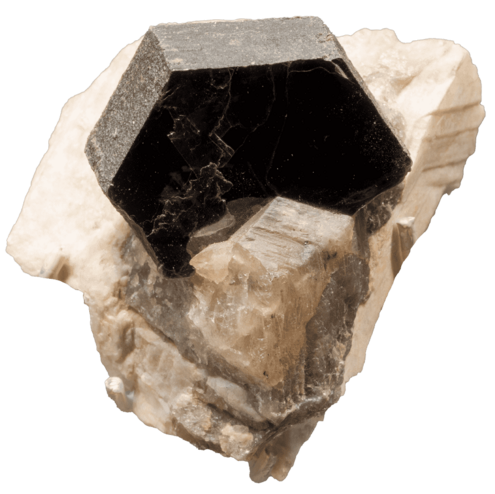
muscovite with microcline and quartz
Locality: Portland, Connecticut
Country: United States
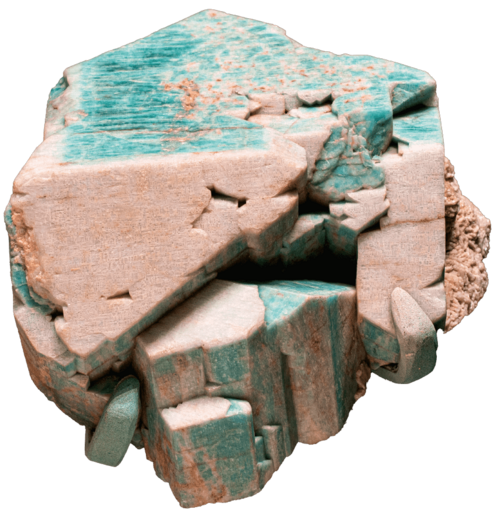
microcline var. amazonite
Locality: Florissant, Colorado
Country: United States
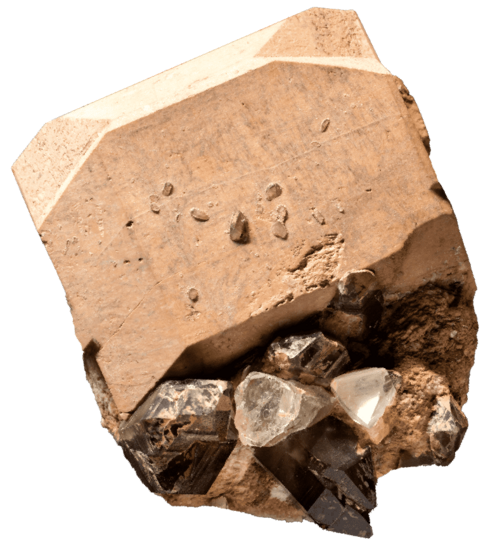
microcline with smoky quartz and topaz
Locality: Tanakamiyama, Ōtsu, Shiga Prefecture
Country: Japan
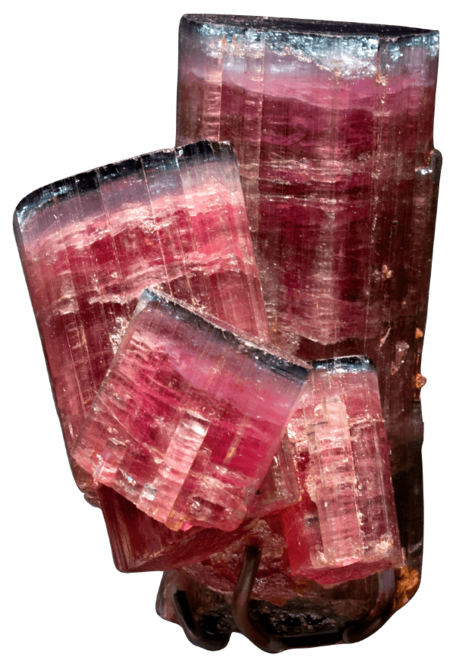
elbaite
Locality: Tourmaline Queen Mine, Pala, California
Country: United States
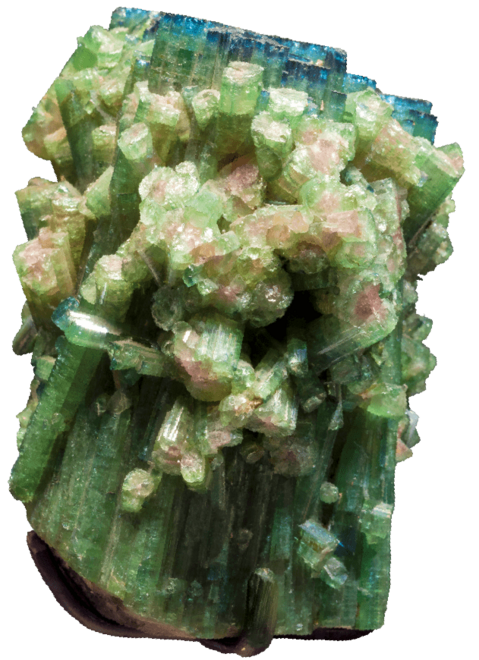
elbaite
Locality: Governador Valadares, Minas Gerais
Country: Brazil
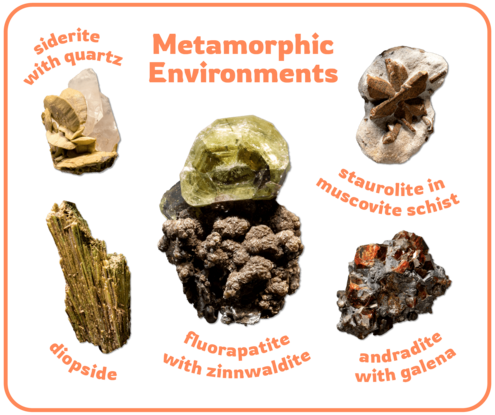
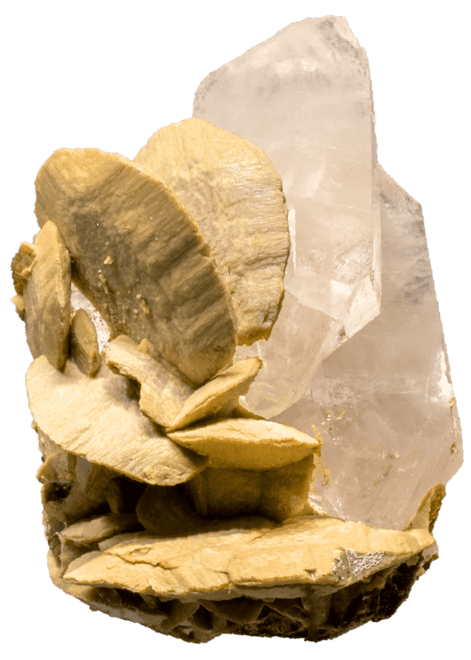
siderite with quartz
Locality: Panasqueira Mine, Covilha, Centro Region
Country: Portugal
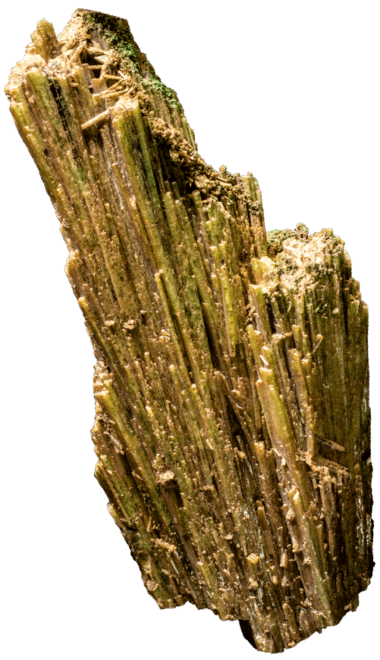
diopside
Locality: Orford, Quebec
Country: Canada
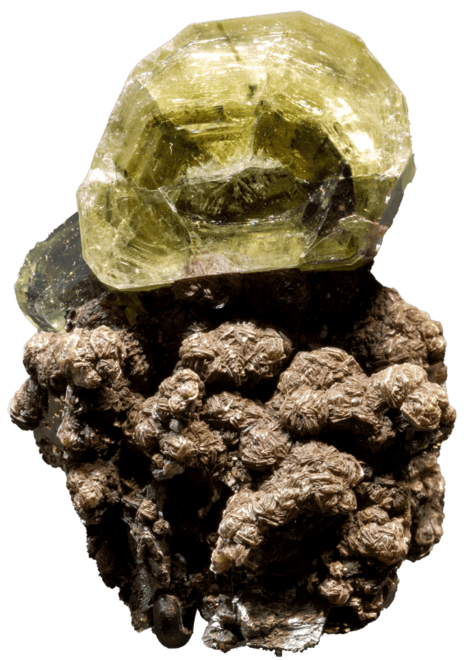
fluorapatite with zinnwaldite
Locality: Panasqueira Mine, Covilha, Centro Region
Country: Portugal
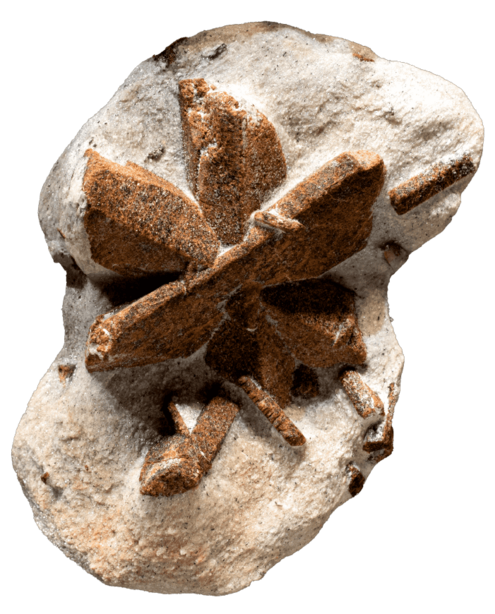
staurolite in muscovite schist
Locality: Kola Peninsula, Murmansk
Country: Russia
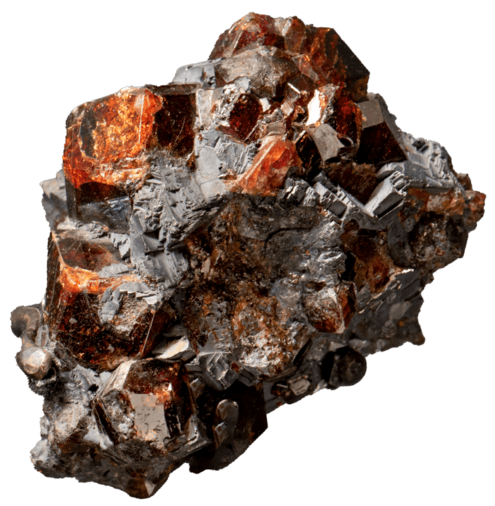
andradite with galena
Locality: Broken Hill, New South Wales
Country: Australia
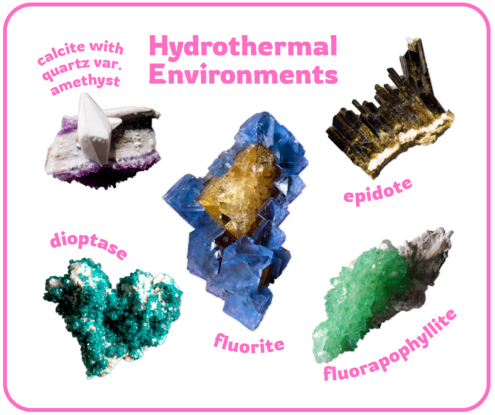
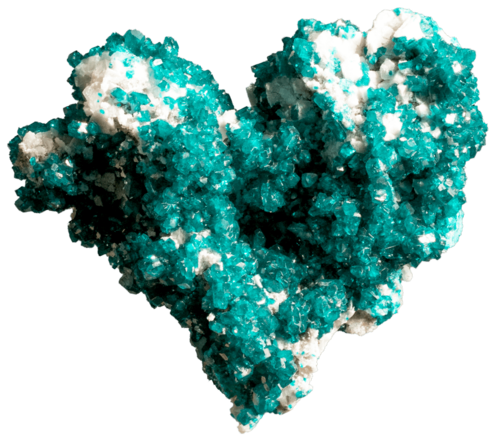
dioptase
Locality: Tsumeb, Oshikoto
Country: Namibia
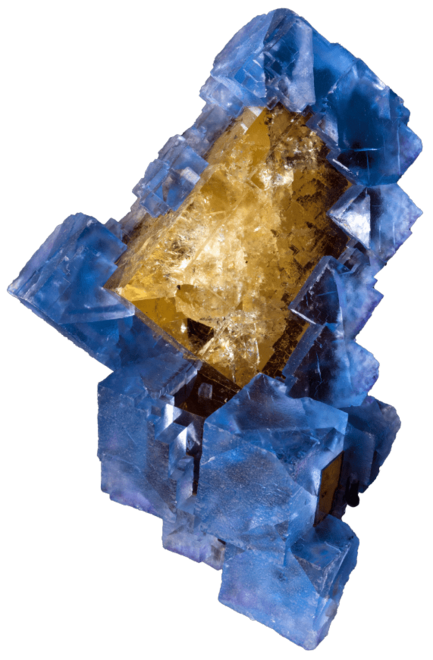
fluorite
Locality: Elizabethtown, Illinois
Country: United States
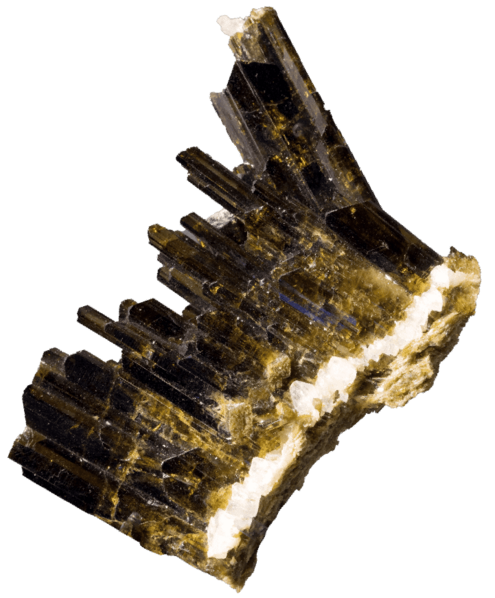
epidote
Locality: Skardu District, Gilgit-Baltistan
Country: Pakistan
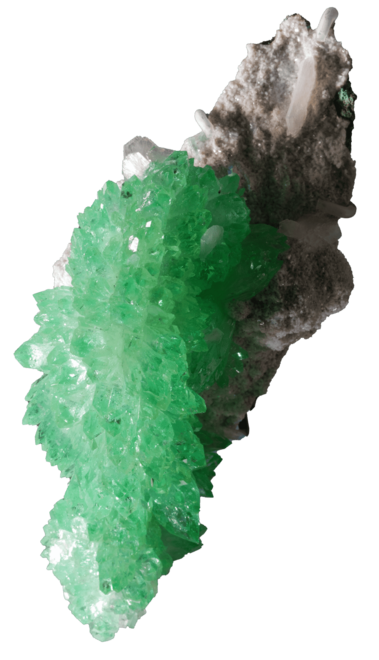
fluorapophyllite
Locality: Pashan, Maharashtra
Country: India
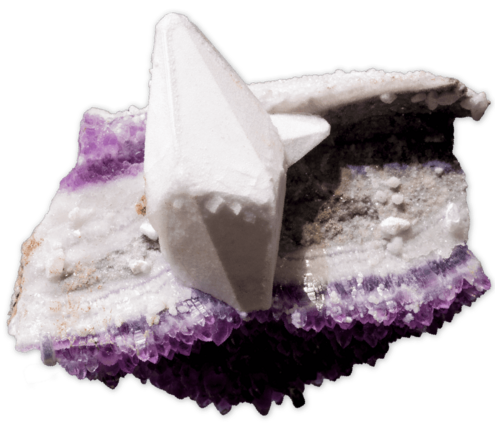
calcite with quartz var. amethyst
Locality: Guanajuato, Guanajuato
Country: Mexico
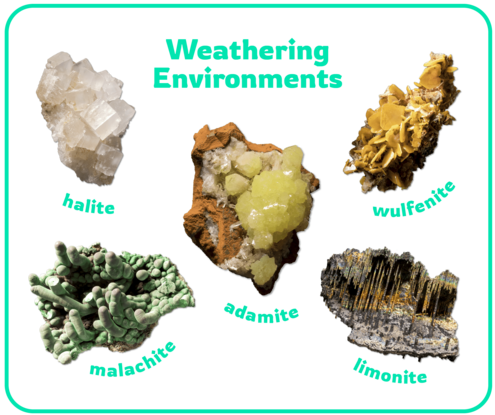
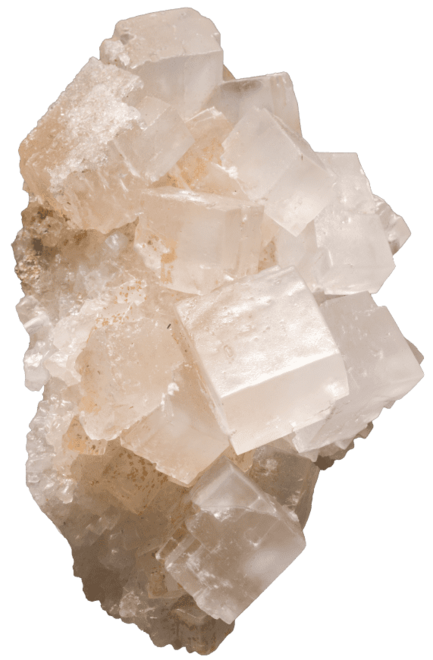
halite
Locality: Eastern Siberia
Country: Russia
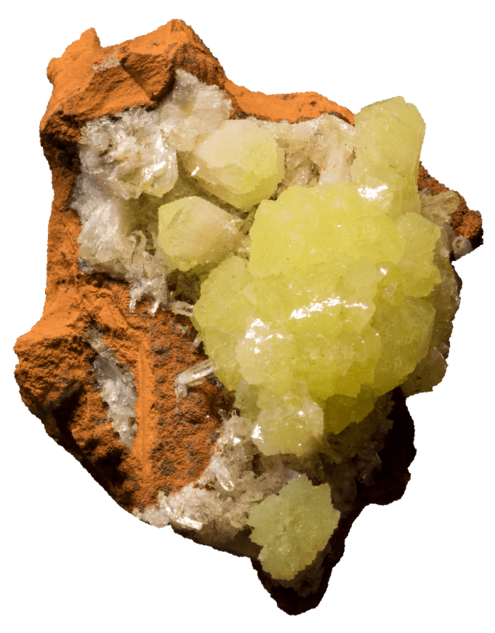
adamite
Locality: Ojuela, Mapimi, Durango
Country: Mexico
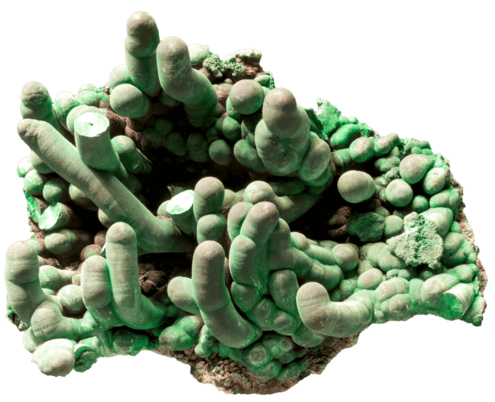
malachite
Locality: Bisbee, Arizona
Country: United States
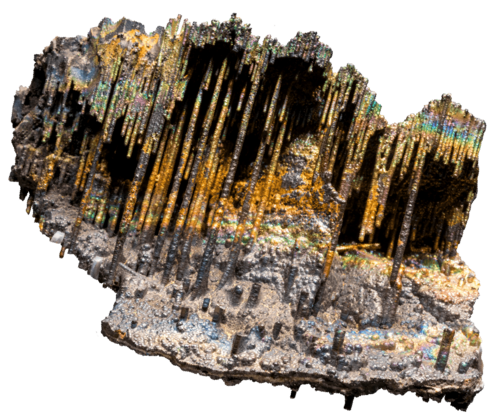
limonite
Locality: Rossbach, Rhineland-Palatinate
Country: Germany
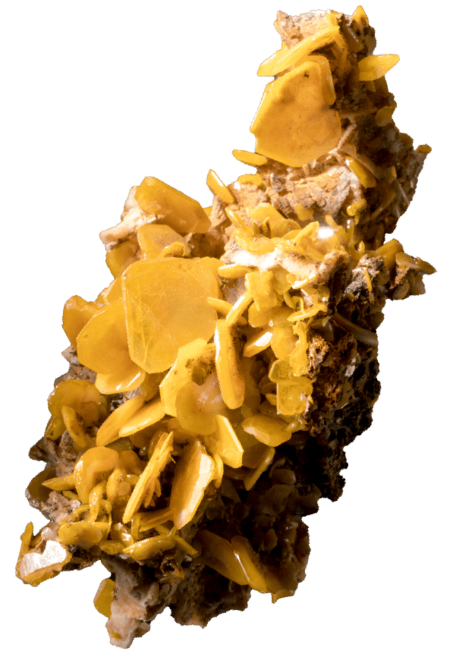
wulfenite
Locality: Touissit, Oriental
Country: Morocco
Image Credits:
elbaite var watermelon, malachite with azurite, fluorite-calcite, fluorite, grossular w calcite and diopside (no credit), microcline with smoky quartz and topaz, microcline var. amazonite, elbaite (red), staurolite in muschovite schist, siderite with quartz, andradite with galena, diopside, dioptase, Denis Finnin/© AMNH; augite, orthoclase, quartz, chalcopyrite, sodalite, muscovite with microcline quartz, elbaite (green), fluorapatite with zinnwaldite, calcite with quartz var. amethyst, fluorite, epidote, fluorapophyllite, malachite, adamite, wulfenite, limonite, halite, Matt Shanley/© AMNH




 Biodiversity
Biodiversity
 Brain
Brain
 Genetics
Genetics
 Marine BiOLogy
Marine BiOLogy
 MicrobiOLogy
MicrobiOLogy
 PaleontOLogy
PaleontOLogy
 ZoOLogy
ZoOLogy
 AnthropOLogy
AnthropOLogy
 ArchaeOLogy
ArchaeOLogy
 Astronomy
Astronomy
 Climate Change
Climate Change
 Earth
Earth
 Physics
Physics
 Water
Water
